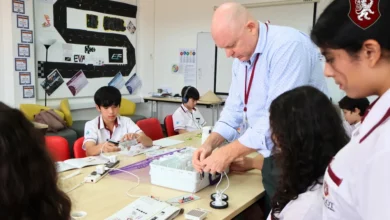Why you should consider sun-grown cannabis
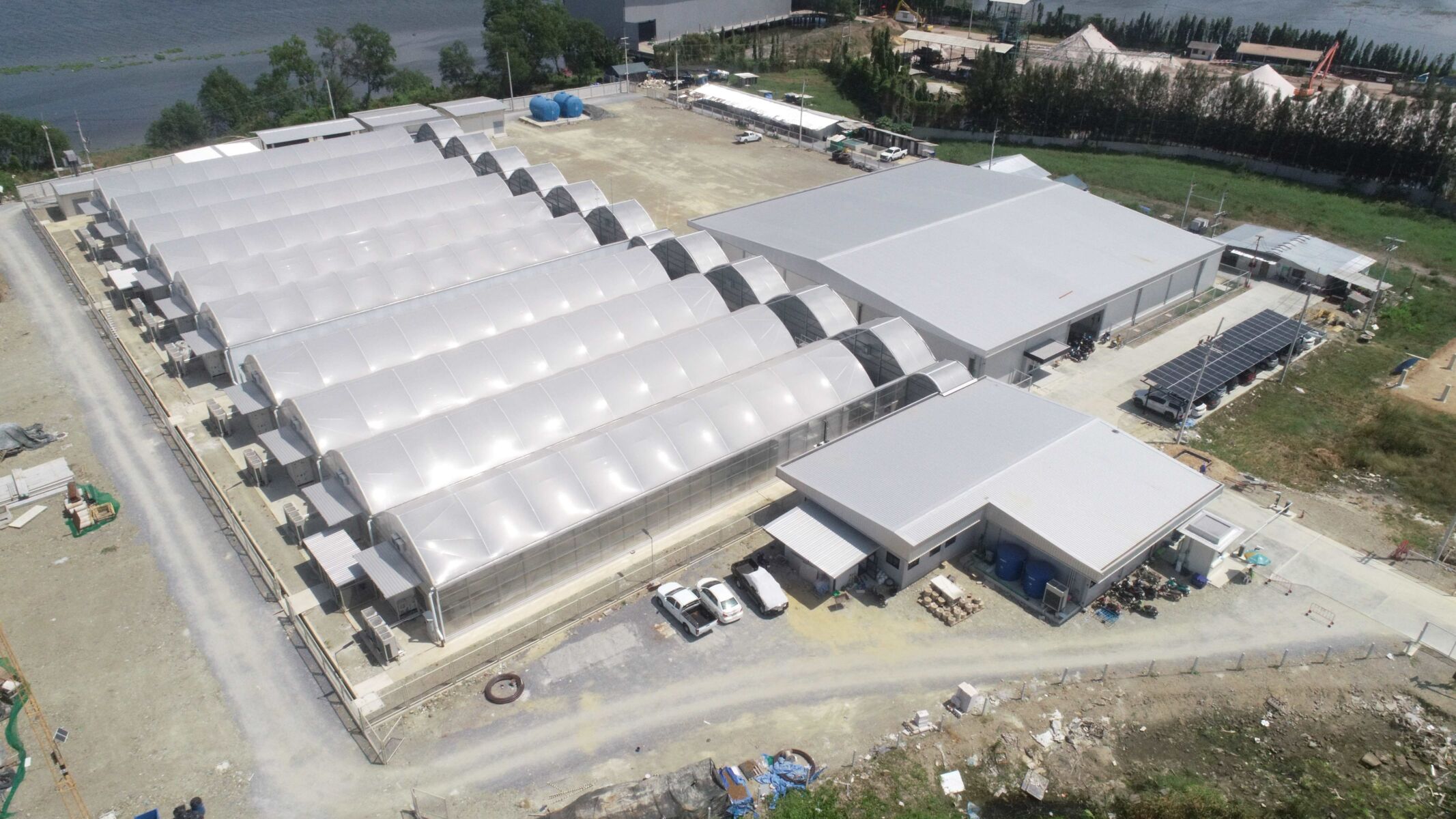
As the cannabis industry evolves, the debate between indoor and sun-grown cultivation methods continues to intensify. While indoor growing offers control over environmental factors, sun-grown cannabis harnesses natural sunlight and soil, leading to unique benefits that are often overlooked. Could it be that sun-grown cannabis, with the right techniques, matches or even surpasses indoor cultivation in quality, sustainability, and economic viability? Let’s explore why sun-grown cannabis deserves more attention
What is sun-grown cannabis?
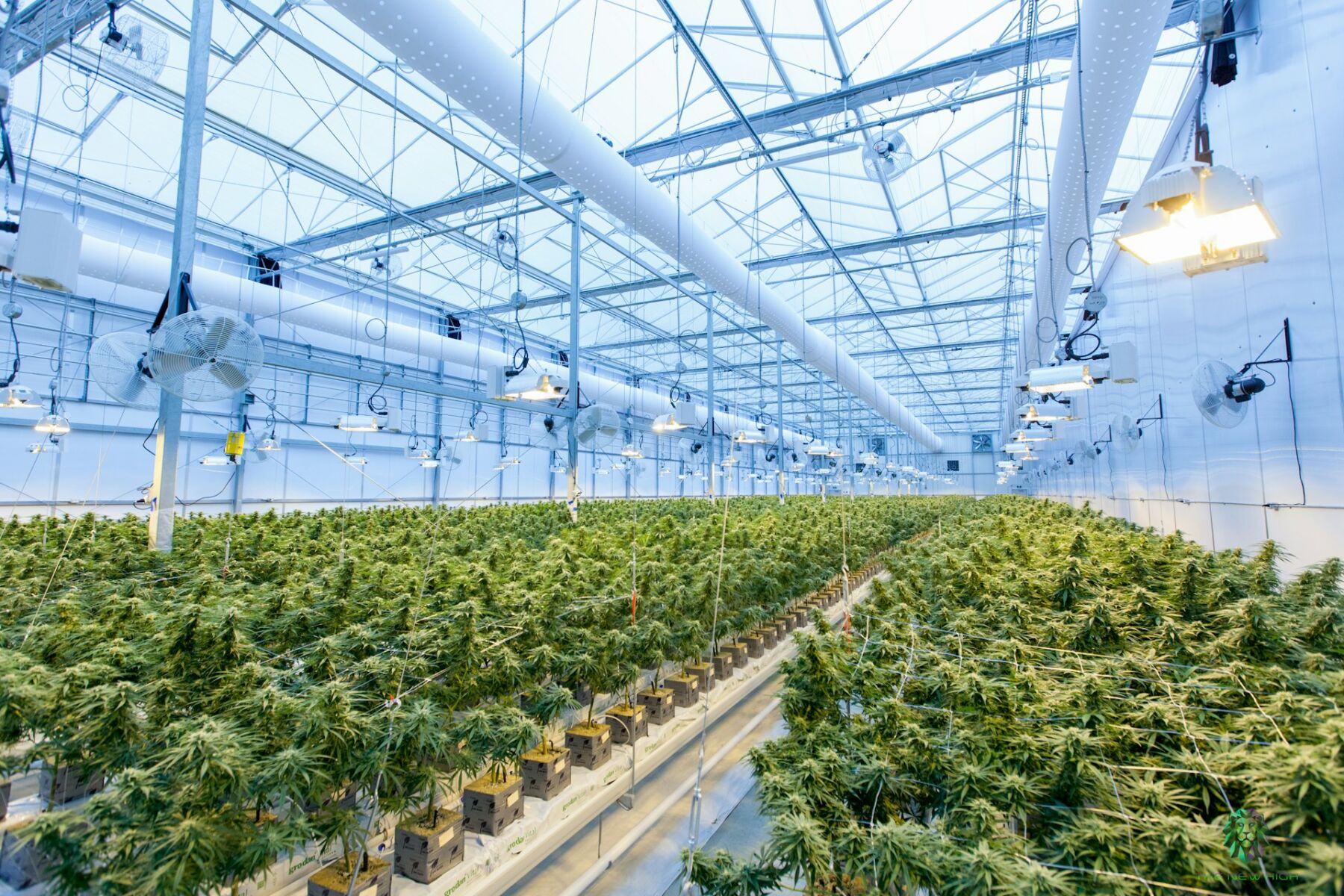
Sun-grown cannabis refers to plants cultivated using natural sunlight, either directly outdoors or within greenhouses. These methods leverage the sun’s full spectrum of light, which is essential for the plant’s growth and cannabinoid production. Modern greenhouses enhance this process by incorporating advanced technologies that regulate temperature, humidity, and light, combining the best of both worlds—natural sunlight and controlled conditions.
Essentially, whether it’s an open field kissed by direct sunlight or within the protective walls of a greenhouse basking in diffused sunbeams, sun-grown cannabis uses the Earth’s most abundant natural light source, the sun, to cultivate cannabis plants. This contrasts indoor cannabis cultivation, where the plants are grown in an artificial environment like a grow tent or hydroponic farm. Instead of using natural sunlight, indoor cannabis cultivation utilises artificial lighting systems.
What are the benefits of sun-grown cannabis?
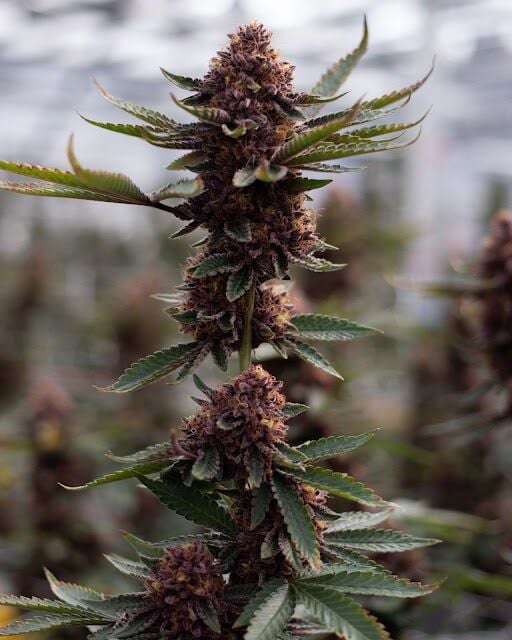
1. Environmental stability
As cannabis steps out of the shadows and gains legal status across the globe, including Thailand, its acceptance and demand are skyrocketing. This new era of legalisation is putting a spotlight on how much precious resources, such as energy, land, and water, are needed to grow it. Sun-grown cannabis cultivation, especially outdoor cultivation, uses natural ecosystems. Therefore, it reduces the need for artificial energy sources, potentially making it a more sustainable and environmentally friendly choice. On the other hand, indoor cultivation demands significant energy to maintain.
2. Economic advantage
Aside from diminishing carbon footprints, the reliance on sunlight and rainwater also cuts down on the costs associated with artificial lighting and irrigation systems required by indoor cultivation. As a result, this method is also economically advantageous.
3. Quality, consistency, and potency
Contrary to popular belief, growing cannabis under the sun doesn’t compromise the quality of the final product. Thanks to advancements in greenhouse technology and sophisticated growing techniques, cultivators can now stimulate ideal conditions that improve the cannabinoid profiles of their plants. Innovative greenhouses, like those of Thai Stick, a cannabis cultivation facility in Thailand, offer a hybrid cultivation approach by merging natural sunlight’s effectiveness with controlled indoor environments’ precision. This blend facilitates an optimal growth setting that can significantly amplify a plant’s cannabis content. Therefore, sun-grown cannabis quality now rivals indoor-growing cannabis in terms of quality, consistency, and potency, which is important for patients who depend on consistent access to high-quality products for their treatment.
4. Enhanced terpene
According to a study from Columbia University, sun-grown cannabis has a greater diversity of terpenes, the organic compounds responsible for cannabis flavours and aroma, compared to indoor-grown cannabis. Plus, it also contains higher levels of specific terpenes, such as limonene, β-myrcene, β-caryophyllene, α-humulene, α-bergamotene, α-guanine, and germacrene B. As a result, the buds have a more complex and nuanced flavour and aroma profile. And since terpenes also work together with various other compounds, such as cannabinoids, to amplify the cannabis plant’s therapeutic benefits, sun-grown cannabis is potentially more effective for medicinal purposes.
What are the drawbacks of sun-grown cannabis?
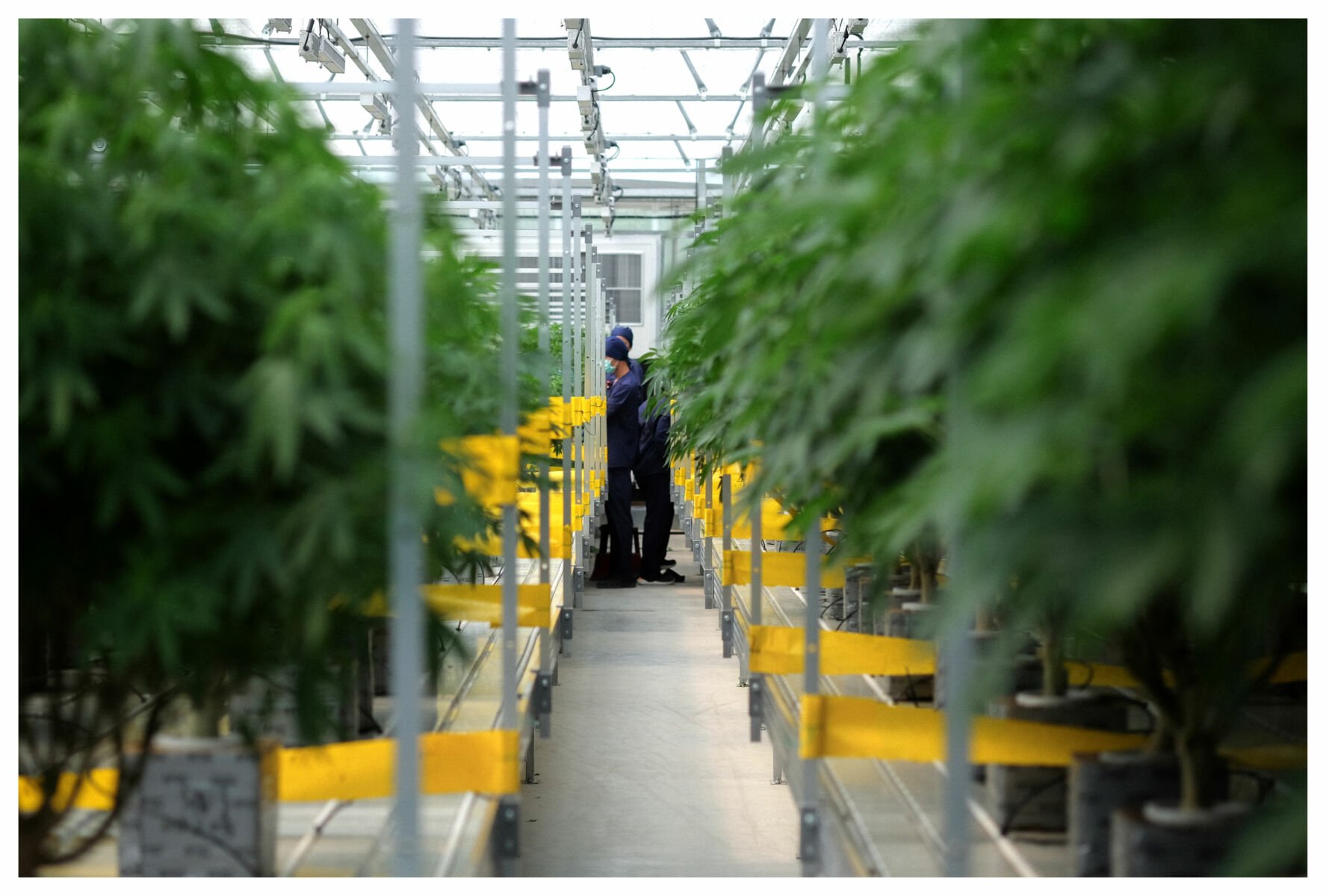
Sungrown cannabis has various benefits, but like everything in this world, it’s not without its drawbacks.
1. Pests and diseases
Unless the sun-grown cannabis cultivation is done inside a greenhouse, you’ll deal with pests and diseases. In an open environment, you’re more likely to encounter pests such as slugs, spider mites, and fungus gnats, which are harder to control and can damage the plants quickly. Besides these pests, outdoor crops also face the threat of soil-borne and airborne diseases that can severely affect plant health and reduce yields.
On the other hand, indoor cultivation offers a solution by providing a controlled environment. This limits the plants’ exposure to harmful external factors, reducing the risk of pest infestations and disease outbreaks. Consequently, indoor growers often enjoy healthier plants and better yields without the constant worry of outdoor threats.
2. Weather fluctuations
Mother Nature can change very quickly. A sunny day can swiftly shift to conditions of harsh wind and heavy rain, which can be detrimental to plant growth. A greenhouse, of course, provides a solution to protect your cannabis plants against these adverse weather conditions. It creates a controlled environment where temperature and humidity can be regulated more effectively than in the open air. However, even with a greenhouse, you need to make sure that your plants receive adequate light on days when the sun is hidden behind clouds by installing additional lighting. This incurs extra costs due to increased electricity usage.
3. Scale and quality
When it comes to sun-grown cannabis, the size of the cultivation operation plays a significant role in determining the quality of the final product. In small-scale setups, you can give individual attention to each plant. Therefore, you can address every plant’s unique needs for water, nutrients, and pest control. This tailored care helps in producing premium-quality cannabis. However, when operations expand to cover large areas, maintaining high standards of quality becomes a challenge because large fields of plants are more difficult to manage and monitor closely.
Should you grow your cannabis outdoors?
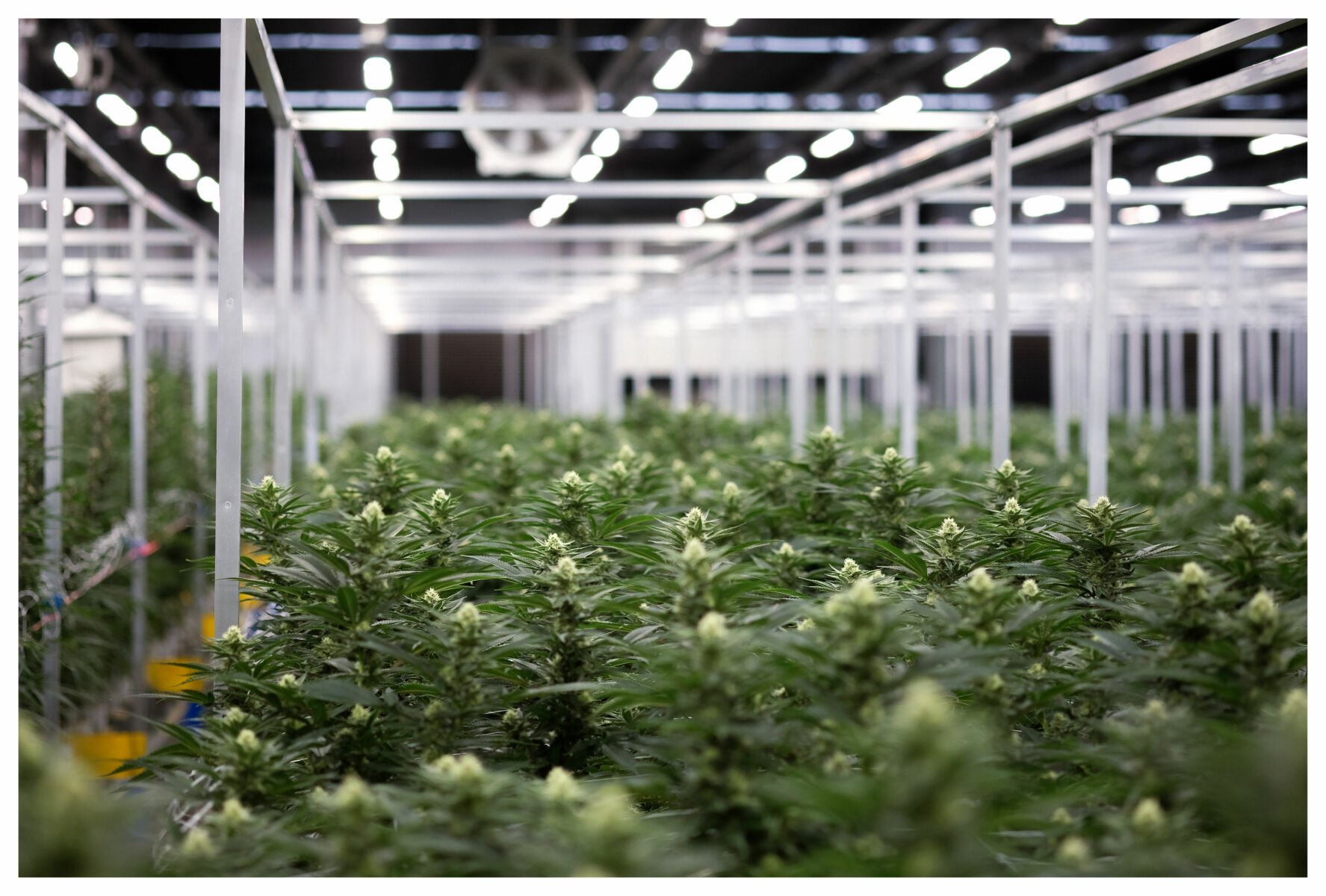
It’s important to remember that each method of cannabis cultivation comes with its own set of advantages and challenges.
Adopting sun-grown cannabis cultivation, whether outdoors or in a greenhouse, supports a more sustainable future for cannabis cultivation. Plus, it aligns with broader environmental goals. Embracing sun-grown cannabis cultivation may help ensure that as cannabis grows in popularity, it does so without compromising the Earth’s health.
Of course, cultivating your cannabis outdoors exposes your plants to weather problems and pests. That’s why the ultimate solution lies in a hybrid cultivation platform that allows the plants to be nurtured by sunlight but also has the level of environment controls that help create an ideal cultivation environment. Thai Stick, with their hybrid facility, serves as a prime example of this method’s efficacy. Using greenhouses allows you to use natural sunlight for healthier plants and richer profiles of terpenes and cannabinoids while maintaining control over essential growth factors like temperature, humidity, and light exposure. This hybrid approach minimises the ecological footprint and promises superior yields.
So the next time someone tells you that indoor is the best, remember that with the right techniques, sun-grown cannabis not only matches but can surpass the quality and consistency of indoor-grown cannabis.
Explore the best of both worlds with Thai Stick’s approach to hybrid cultivation! You will see how their cannabis, naturally grown and supplemented by advanced technologies, offers quality and consistency that is unmatched. Visit their website and follow them on Instagram to learn more about their commitment to cultivating premium cannabis.
Sponsored





























